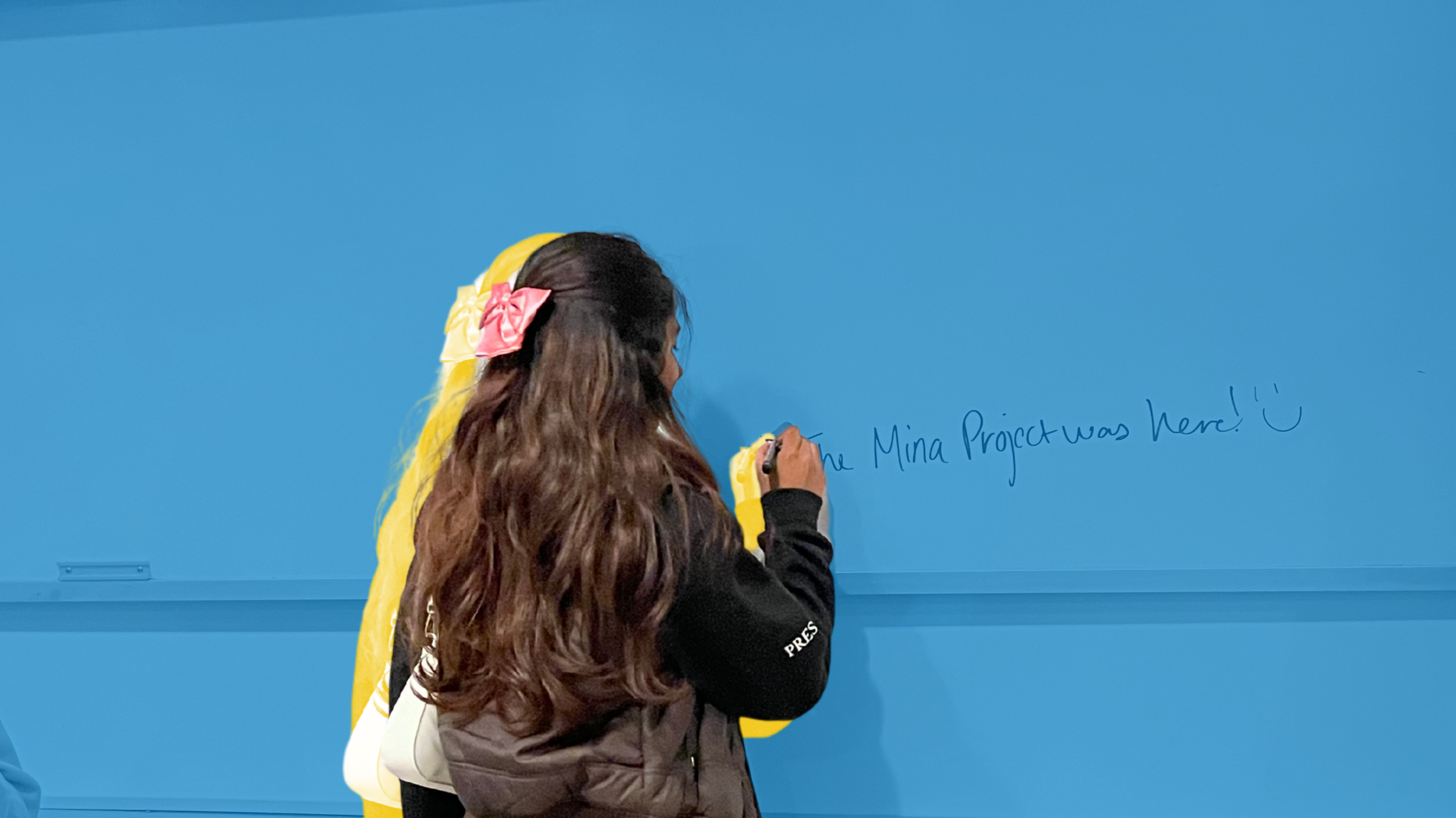
Bridging the skills, opportunities and network gaps for equity deserving youth.
1000+
equity deserving students impacted since our inception in 2021
Mentoring. Inspiring. Networking. Accessing
400+
volunteers
~100
partners/collaborators
110+
events
The MINA Project believes that all youth should have the opportunity to hear first-hand about a variety of career paths and experience the world of work. A young person’s background should not determine their chances of getting these opportunities. Instead the aim is to show children and youth the vast range of opportunities open to them and ensure they don’t start ruling out options for themselves at a young age.




